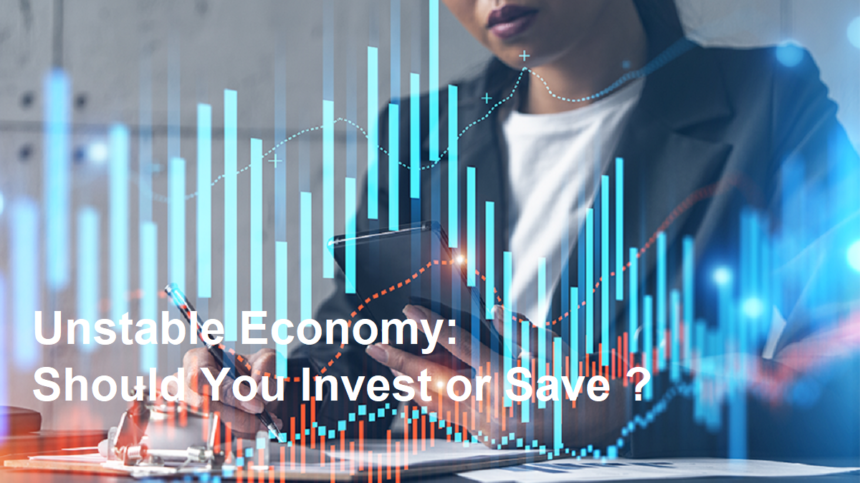Introduction
When the economic climate is shaky and unpredictable, deciding what to do with your money becomes more complicated than ever. I’ve faced this dilemma myself—wondering whether it’s wiser to stash my savings in a secure account, or take the plunge and invest for potentially greater returns. Honestly, there’s no one-size-fits-all answer. But by weighing the advantages and drawbacks of each approach, we can make choices that fit our financial goals, risk tolerance, and peace of mind.
Understanding the Current Economic Instability
Economic instability can be caused by many factors: global conflict, inflation, job market uncertainties, or political shifts. In such times, prices can swing wildly, interest rates fluctuate, and even well-known companies might underperform. It’s only natural to want to protect your wealth and be cautious about your next move.
Why Saving May Seem Like the Safe Haven
For many, the initial reaction to economic turmoil is to play it safe—and saving certainly feels secure. Personally, I find comfort in knowing that the money in a savings account or a fixed deposit is protected, especially if it’s government-insured. Because these options offer low risk and high liquidity, they’re excellent for emergency funds or short-term goals. You can sleep easier knowing your cash is accessible if you need it.
However, the downside is that savings interest rates often fail to outpace inflation during rocky times. This means that while your money is safe, it could be slowly losing purchasing power as living costs rise. I constantly remind myself: safety sometimes comes at the cost of growth.
The Appeal and Risk of Investing
Then there’s investing—stocks, bonds, mutual funds, or even real estate. When the market is volatile, it can feel like you’re throwing your money into a storm. But if you have a longer time horizon and a stomach for risk, investing still offers growth potential that savings accounts rarely match. Historically, markets do recover, so downturns may offer “discount” opportunities if you’re patient and strategic.
I try to remind myself that investing isn’t about timing the market, but about time in the market. Diversification—spreading investments across various assets—can mitigate risks. It’s wise not to bet everything on one company or sector, especially in uncertain times.
Building a Personal Strategy: Combining Saving and Investing
Personally, I prefer not to pick one over the other, but to blend both strategies. This hybrid approach lets me enjoy the security of savings while also seizing the growth potential of investments. For most of us, the right mix depends on factors like age, income stability, family responsibilities, and financial goals. Young professionals might lean more into investing, while those nearing retirement could prioritize safety.
I recommend starting with a robust emergency fund—at least 3 to 6 months’ worth of expenses—securely saved. Once that’s covered, consider directing excess funds towards well-researched investments, adjusting your risk as needed.
Getting Professional Advice in Tumultuous Times
If there’s ever a time to consult with a financial advisor, it’s during economic turbulence. I have found that a professional perspective can illuminate options, clarify risks, and help tailor a game plan that’s uniquely yours.
Final Thoughts: Your Money, Your Decision
At the end of the day, the best decision is the one that lets you sleep soundly at night. Whether you opt to save, invest, or do both, empower yourself through research and reflection. Economic storms don’t last forever, but the financial habits you build now can prepare you for calmer—and more prosperous—days ahead.












